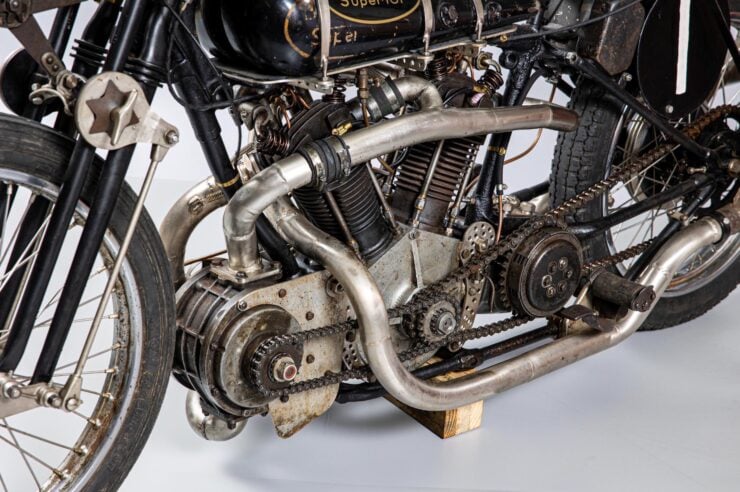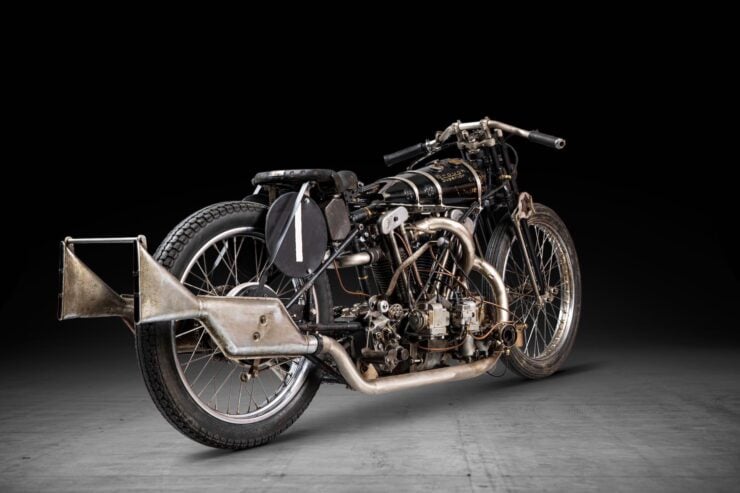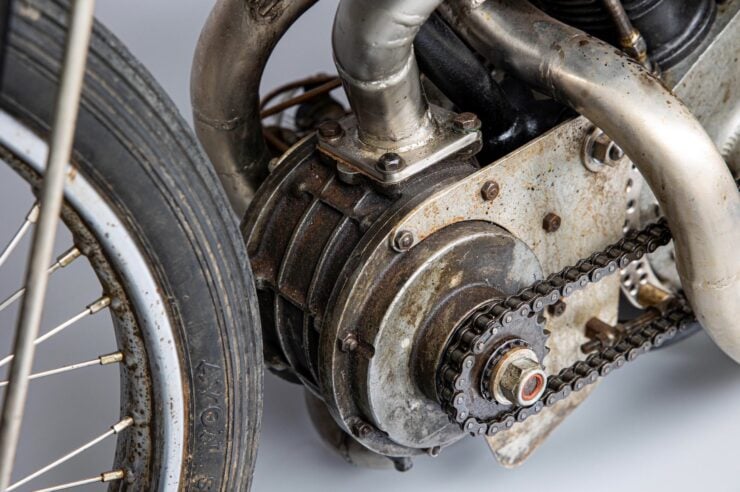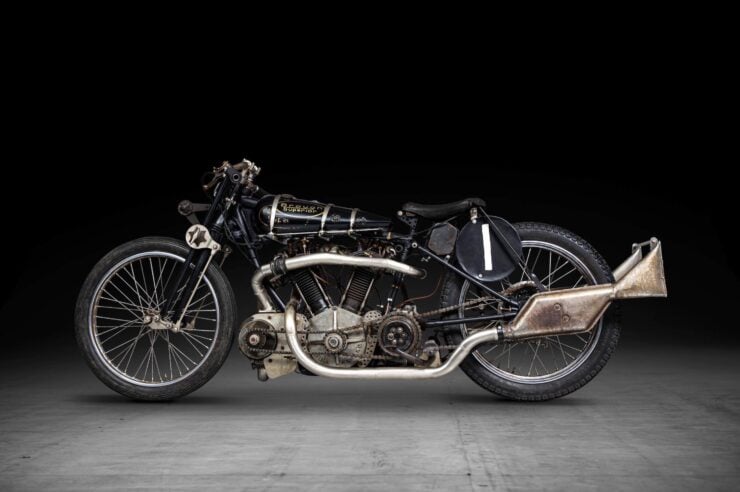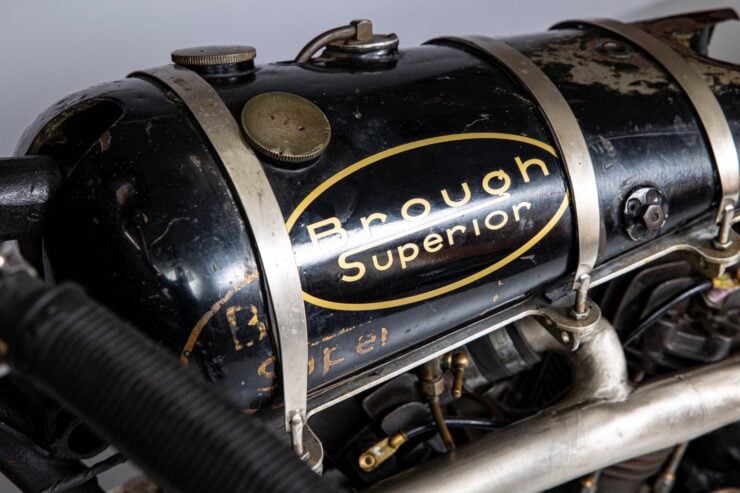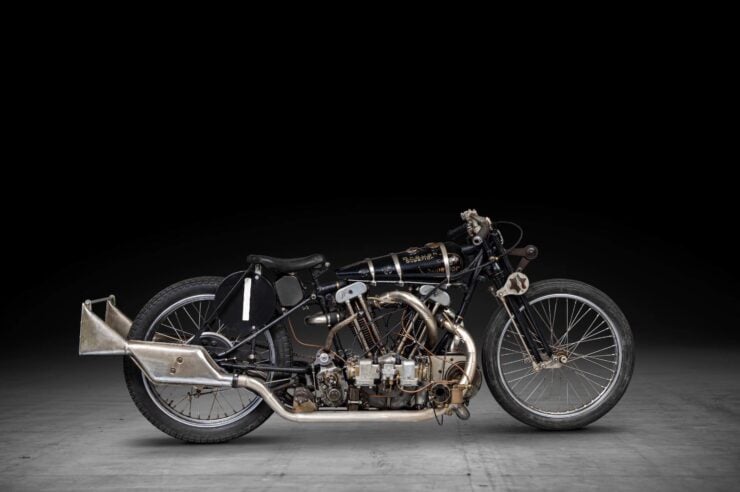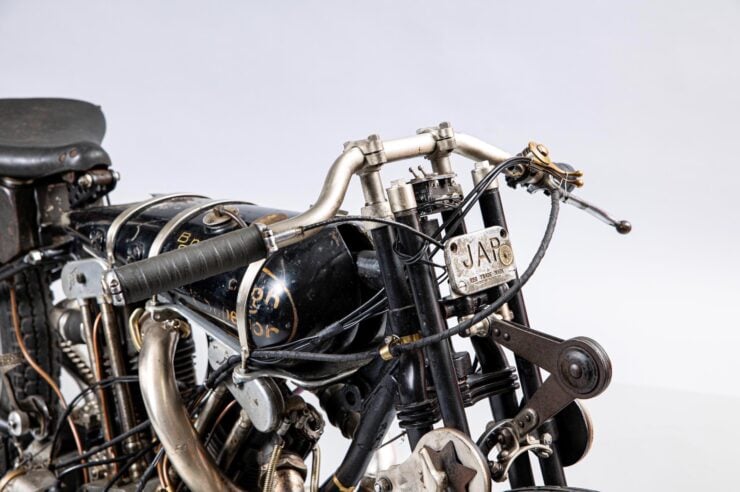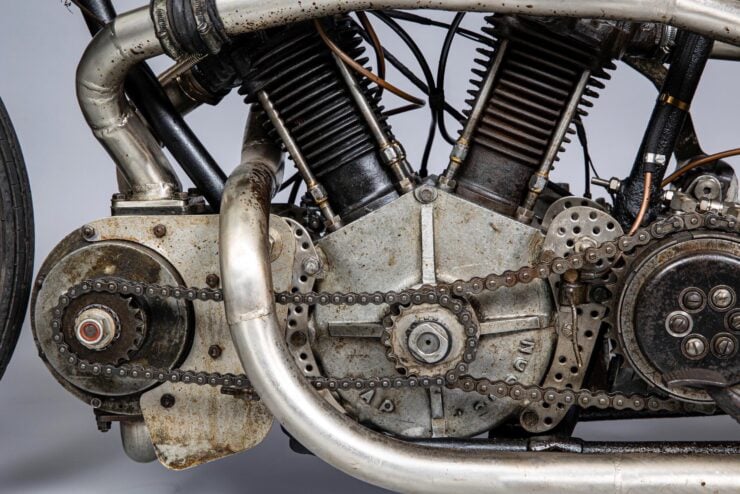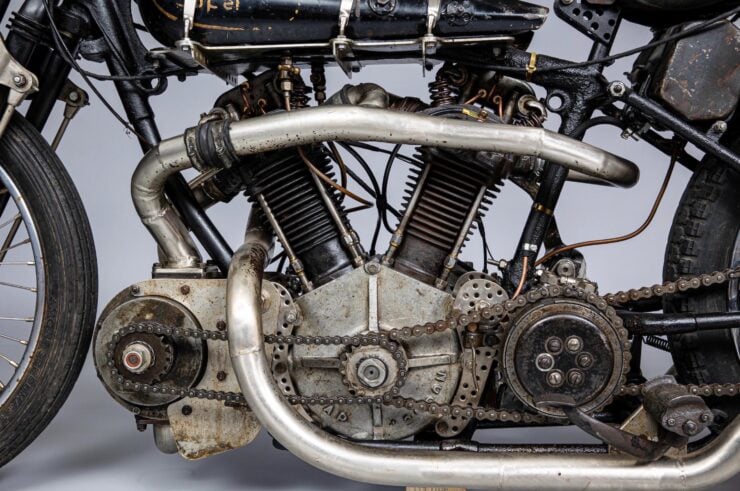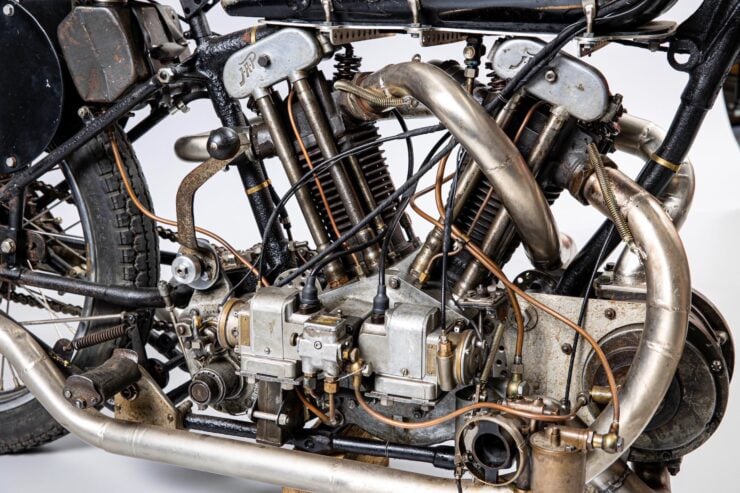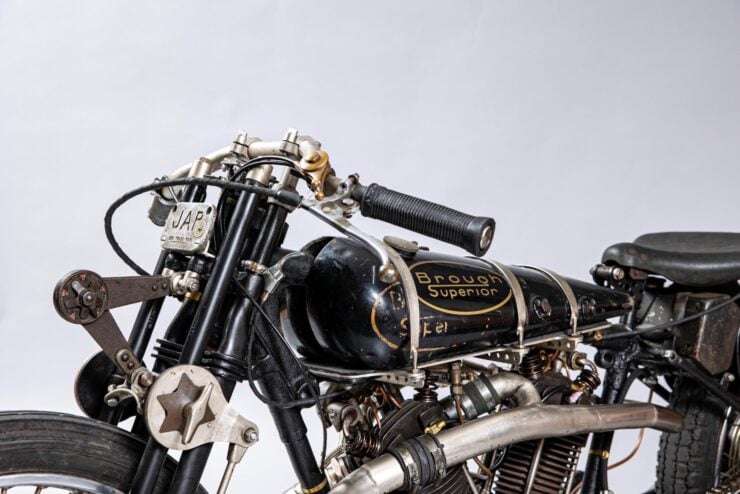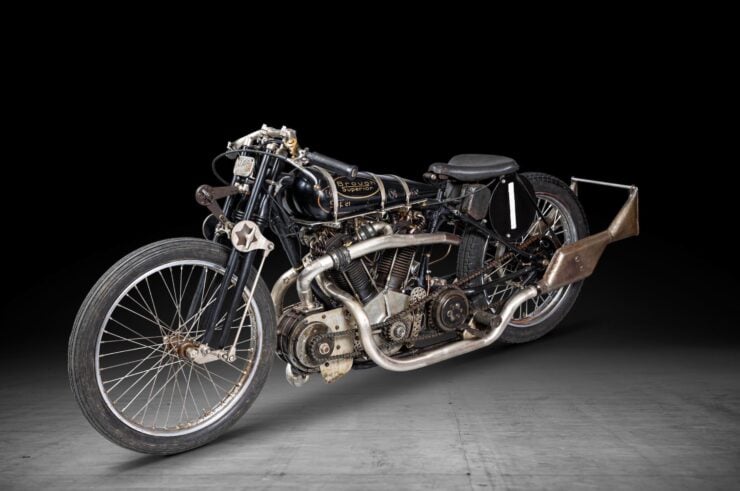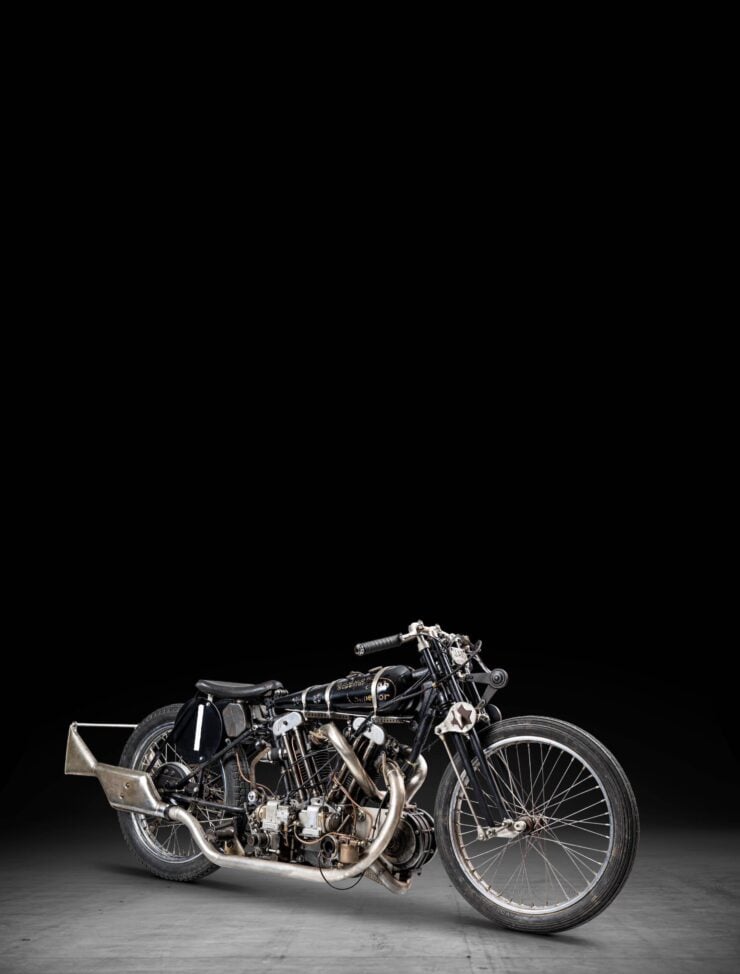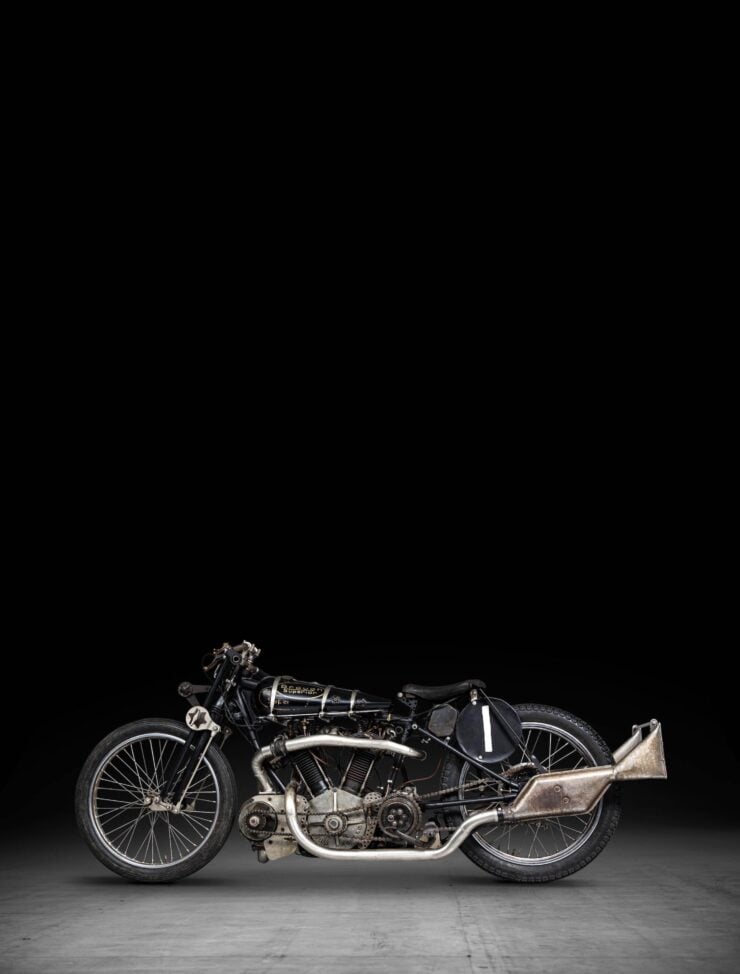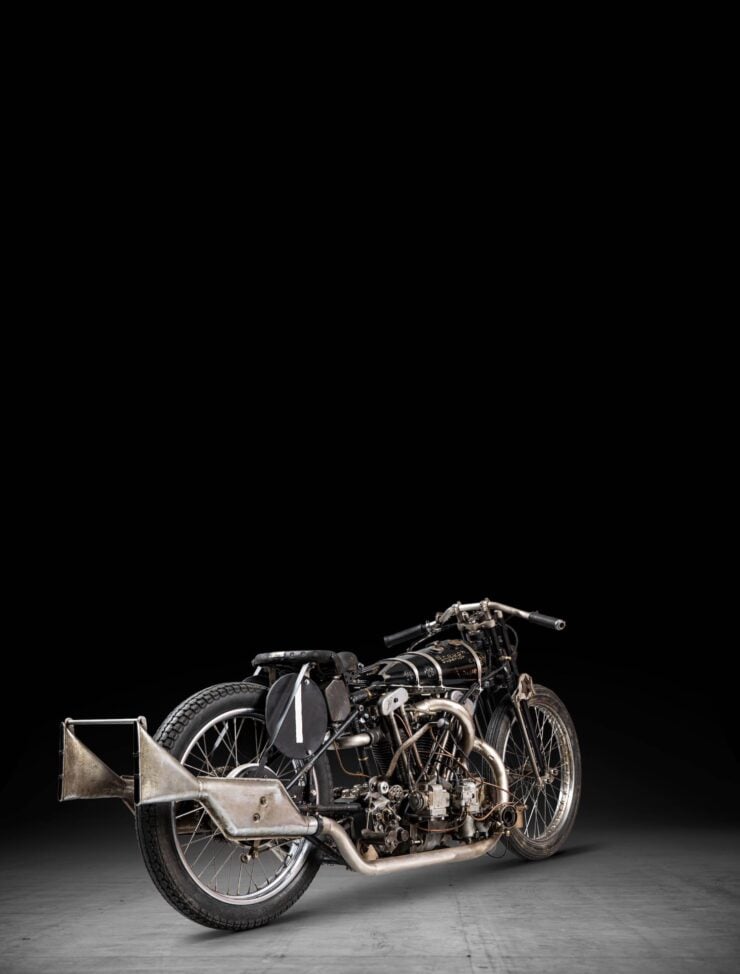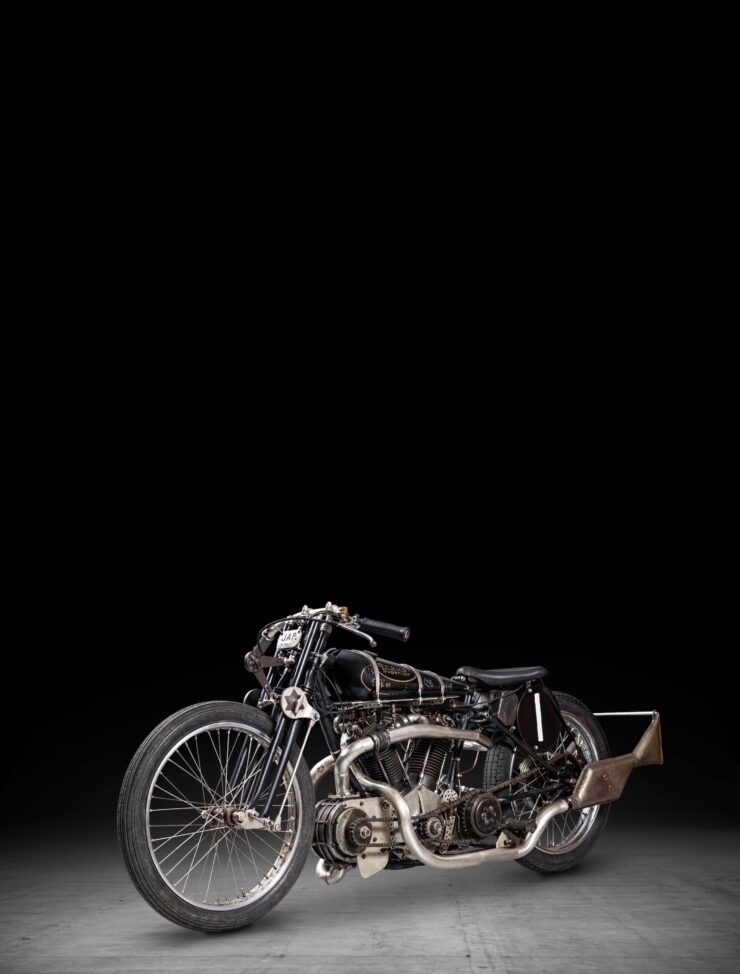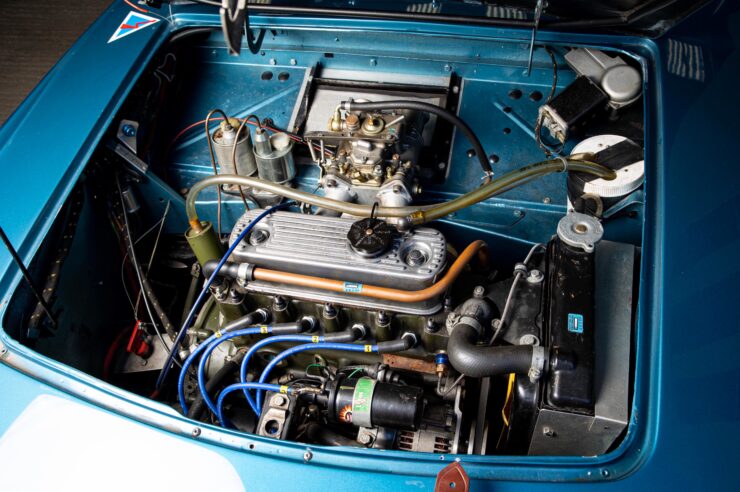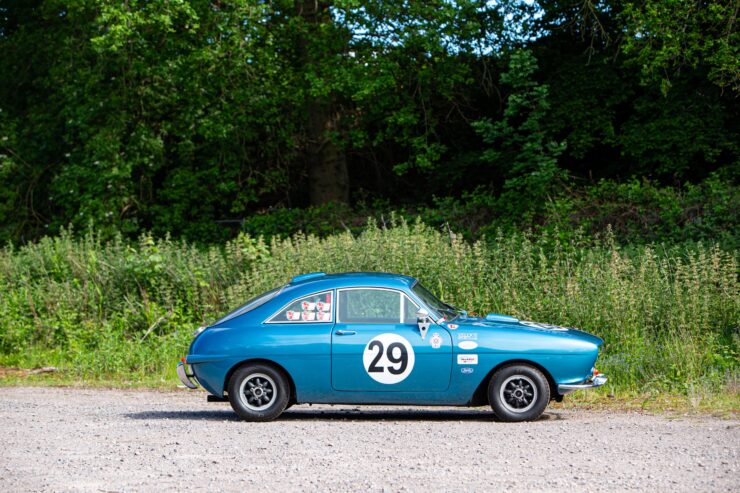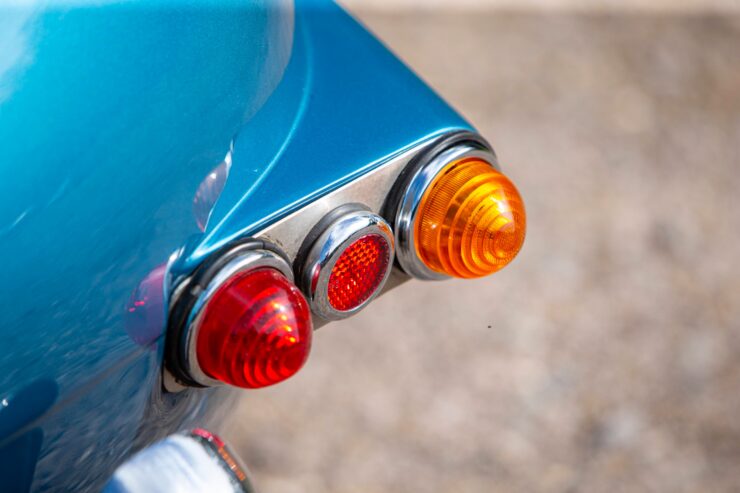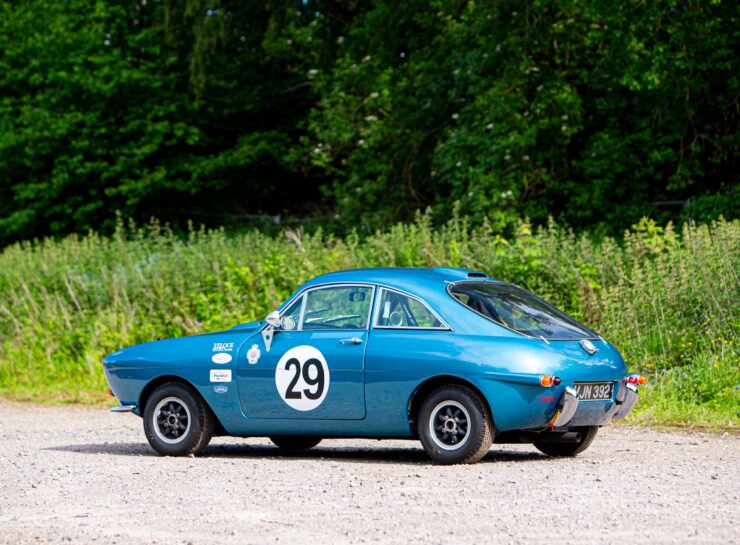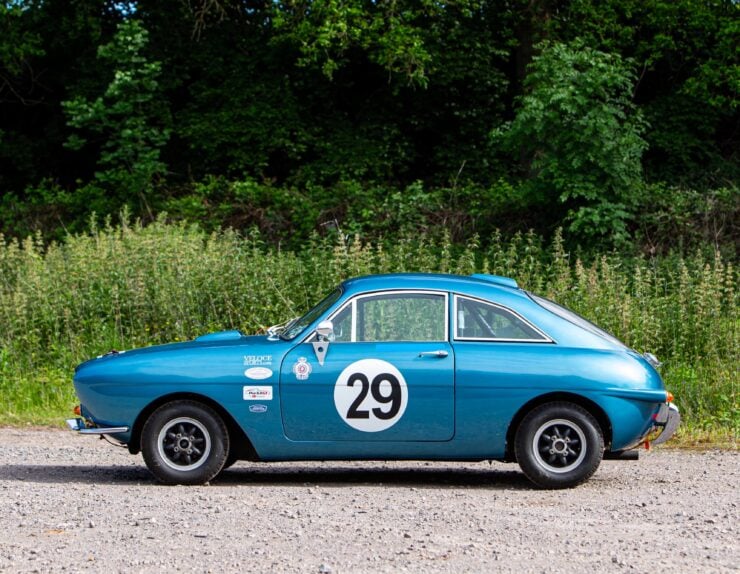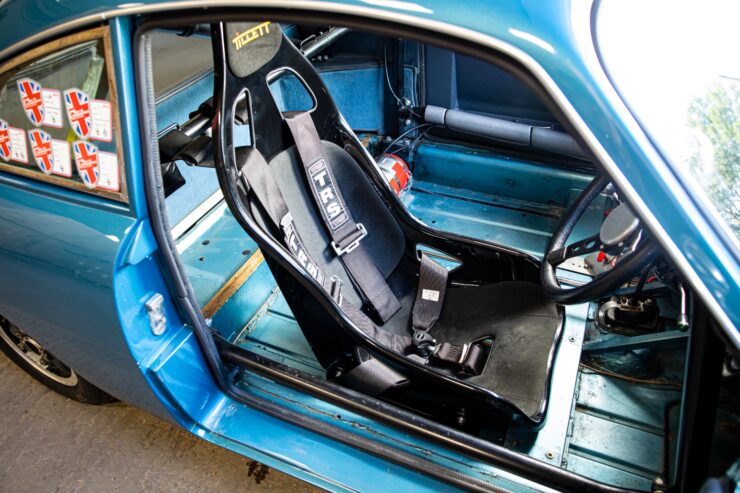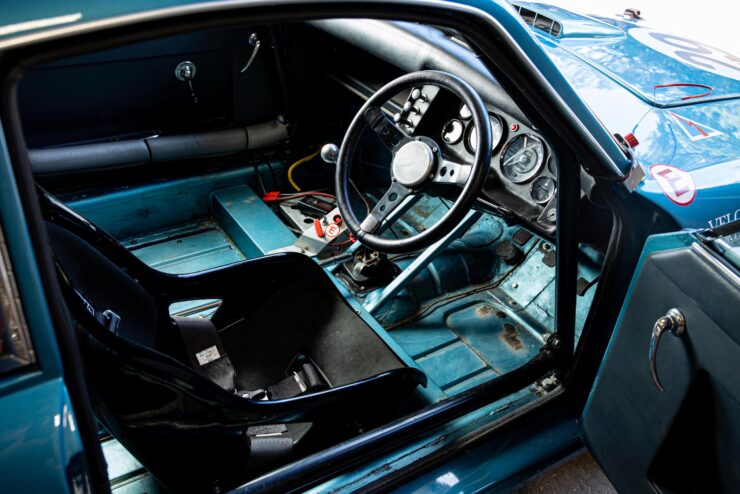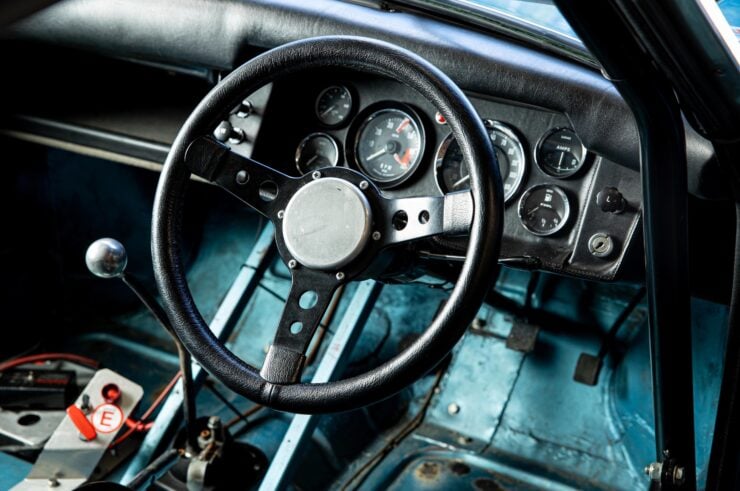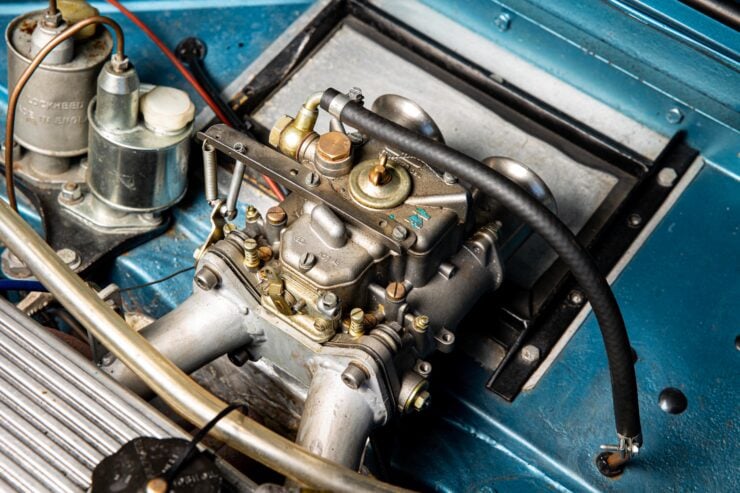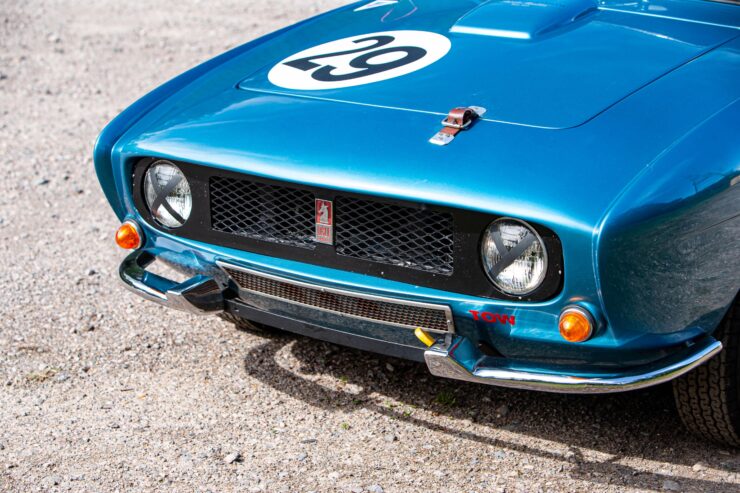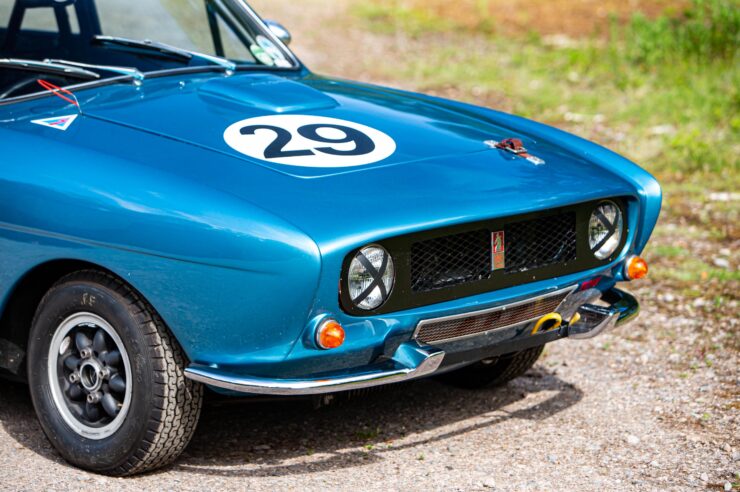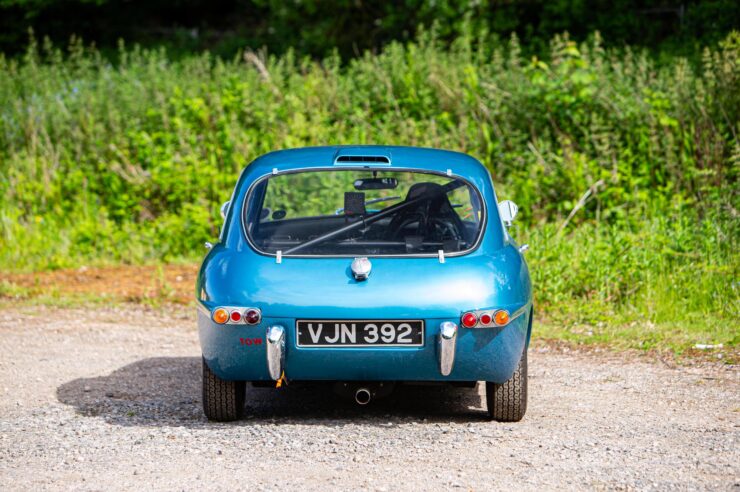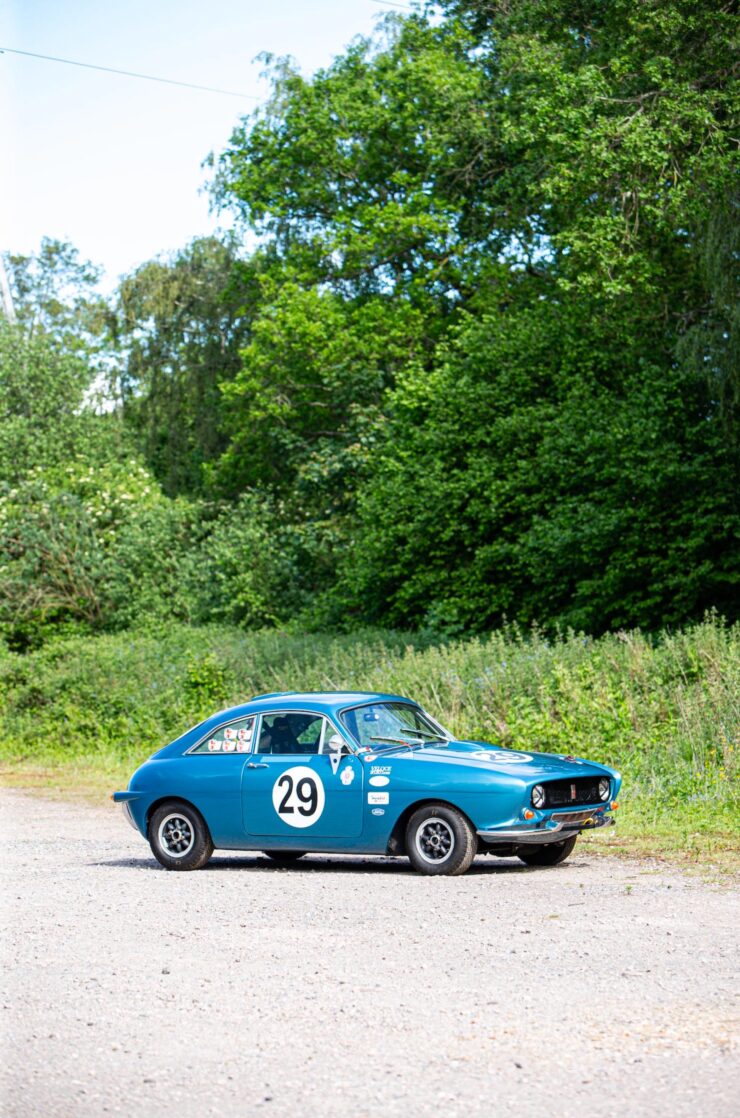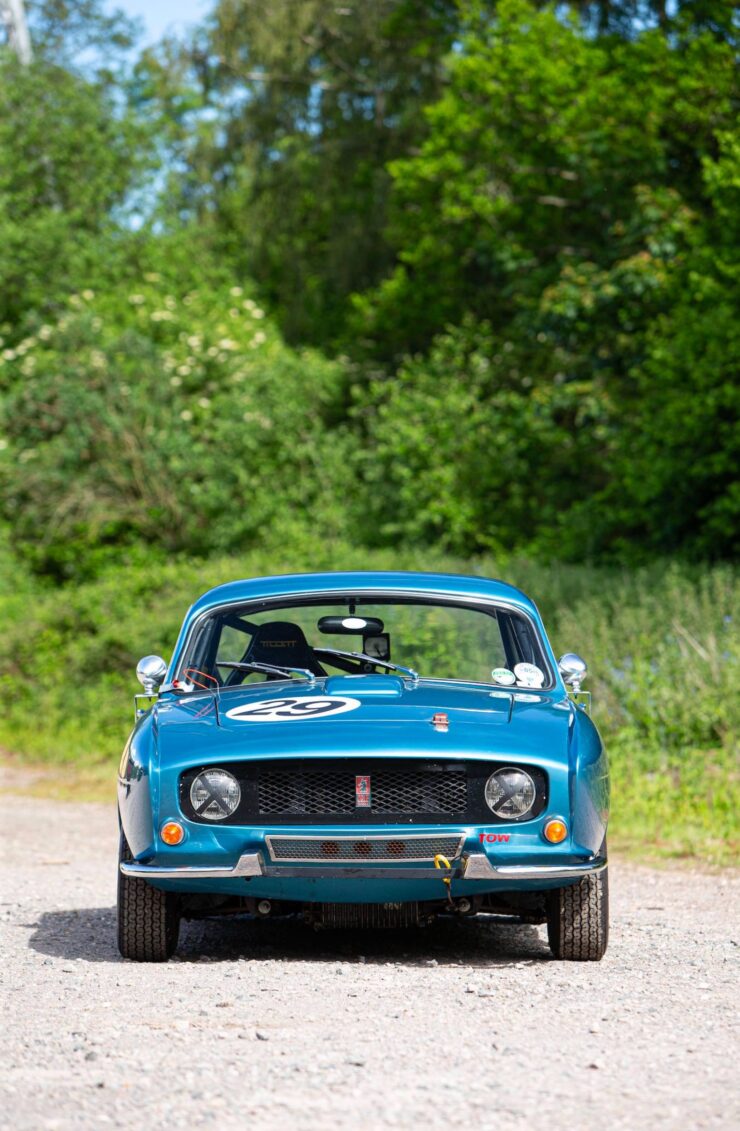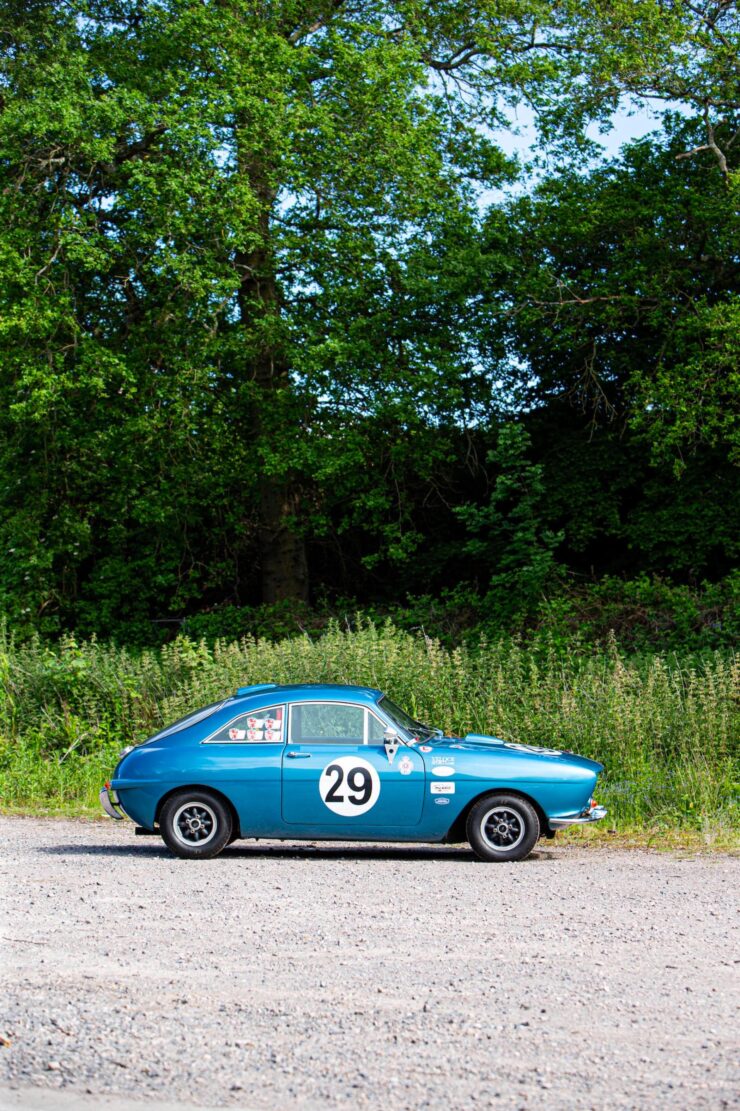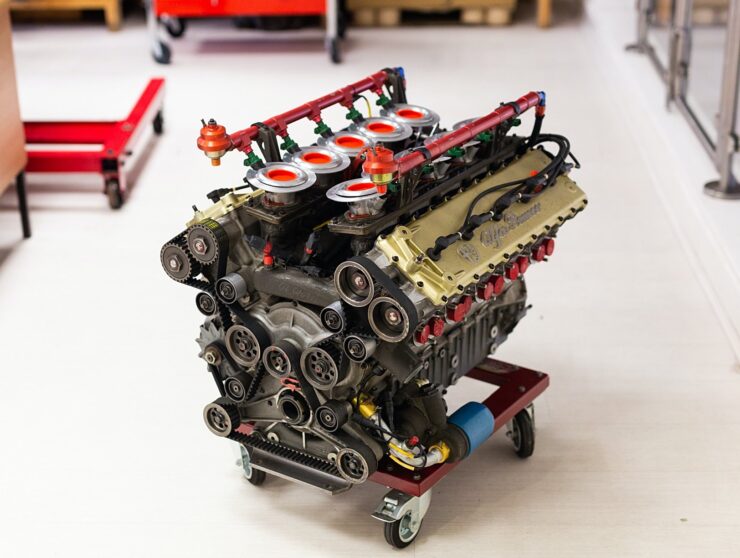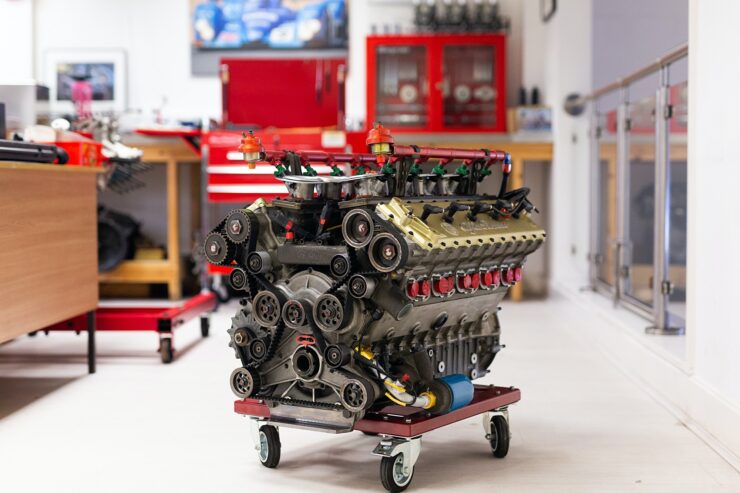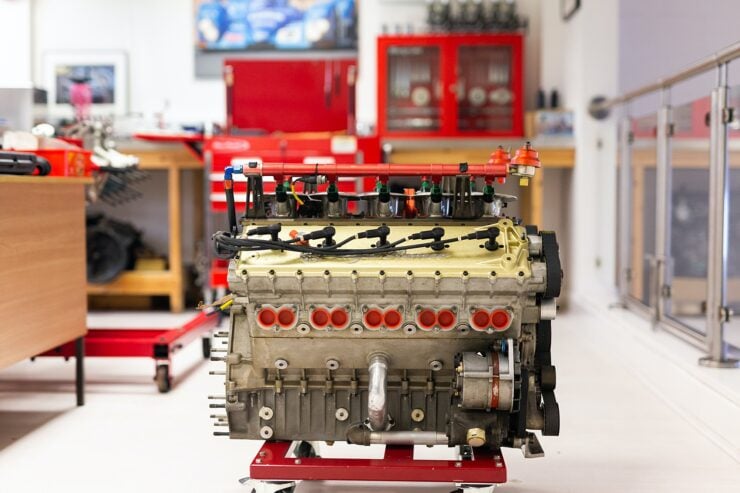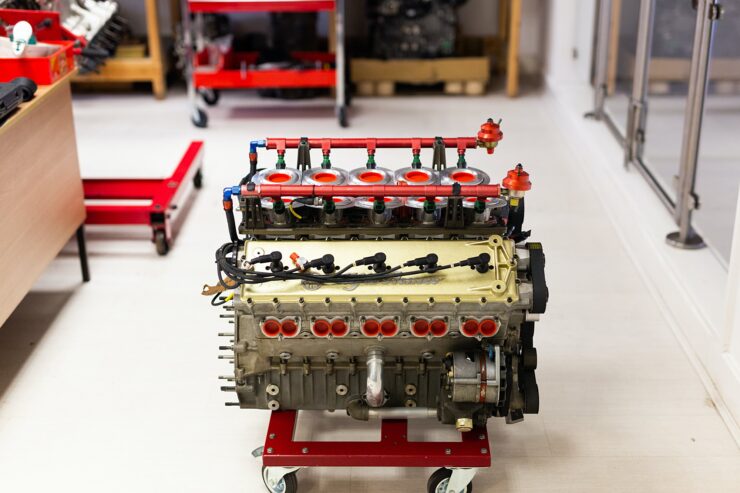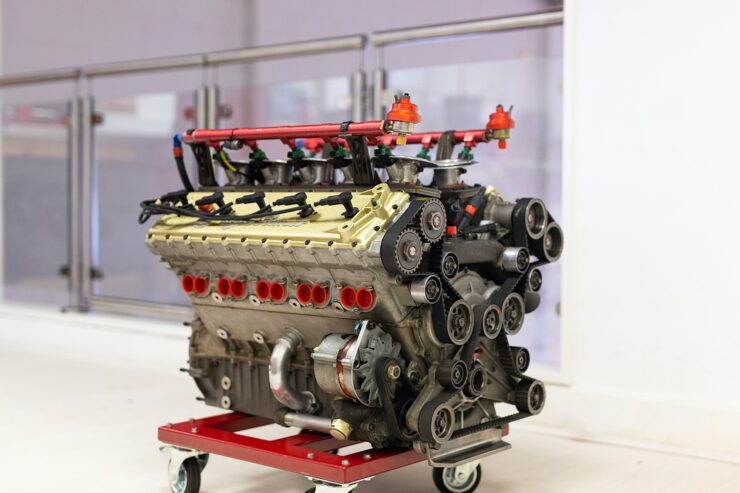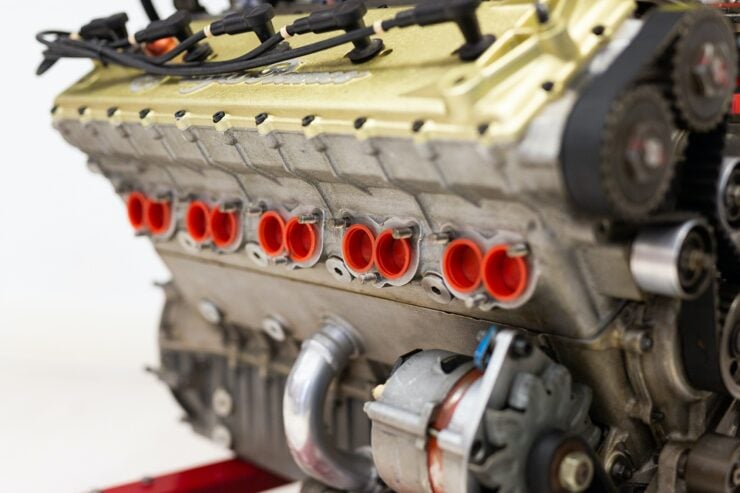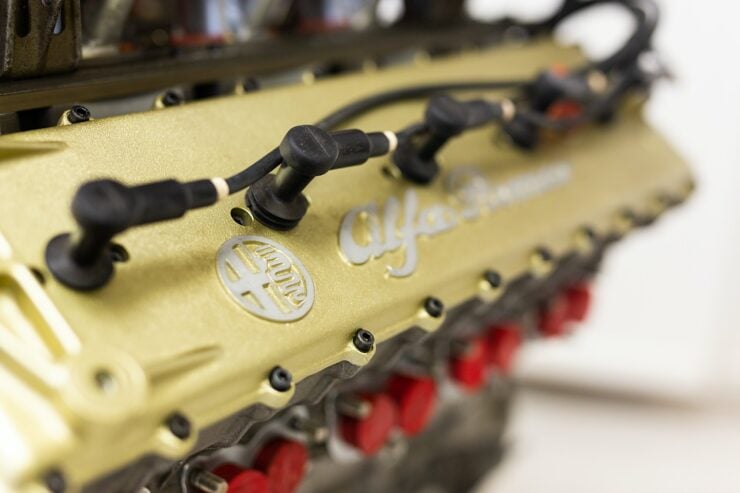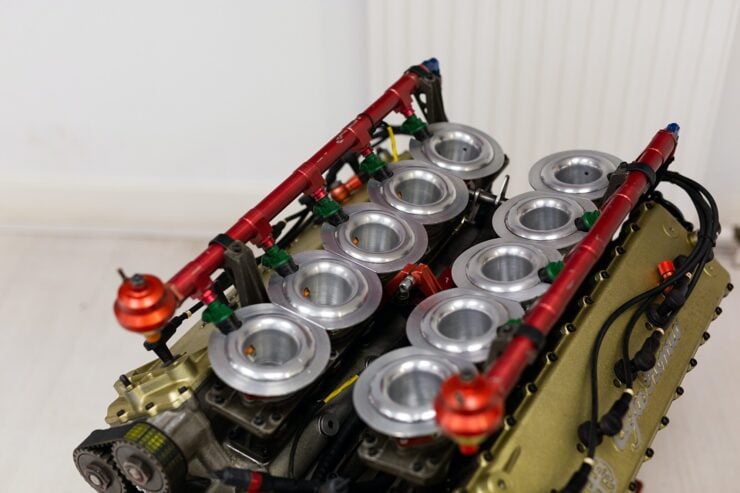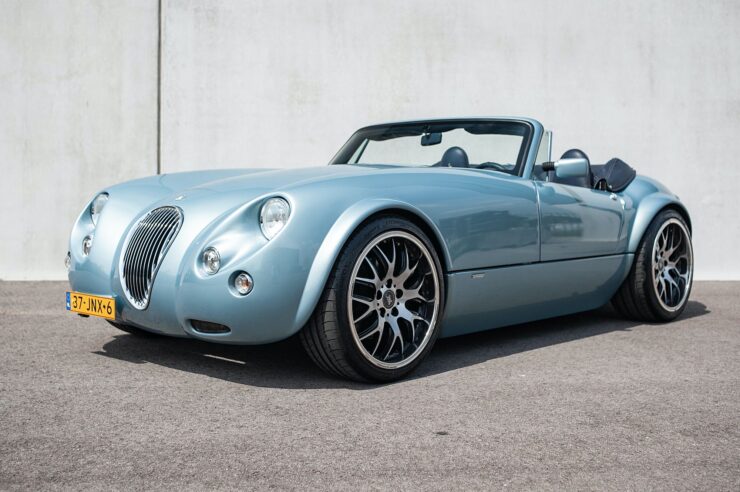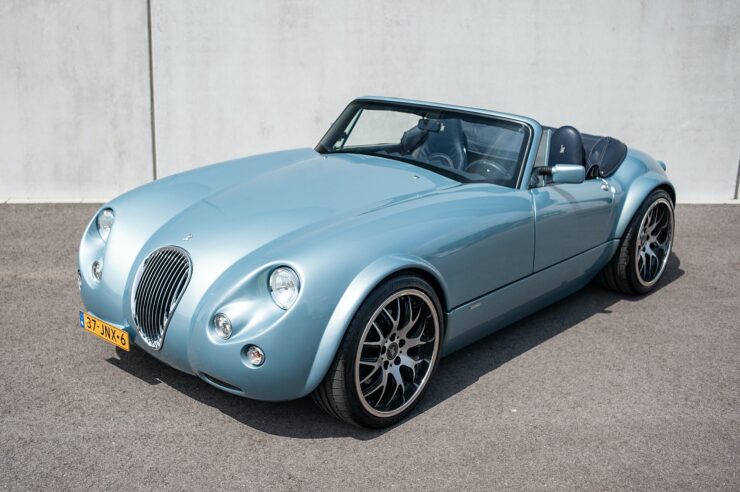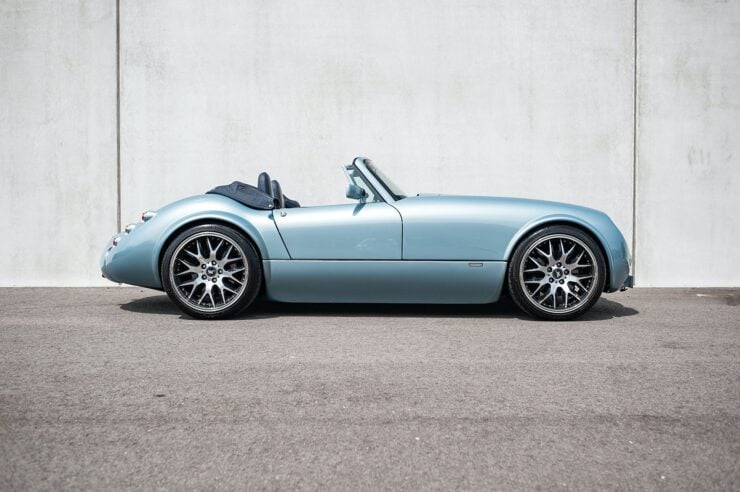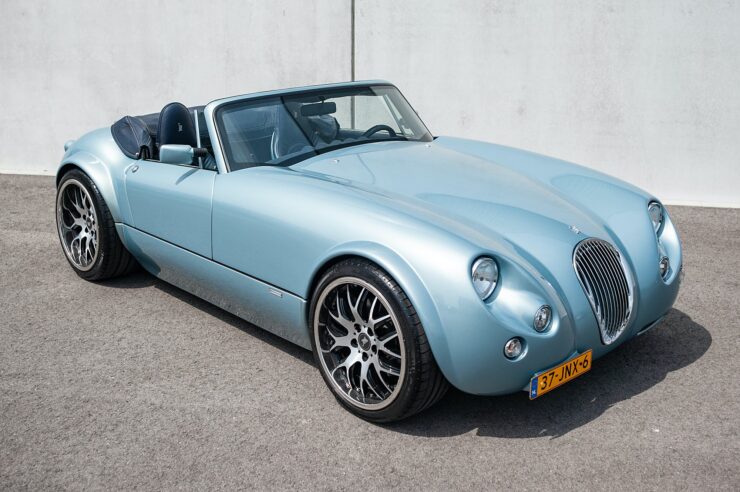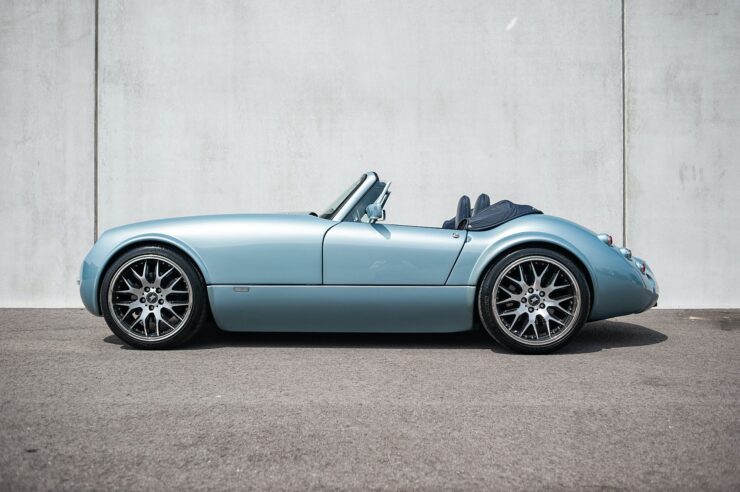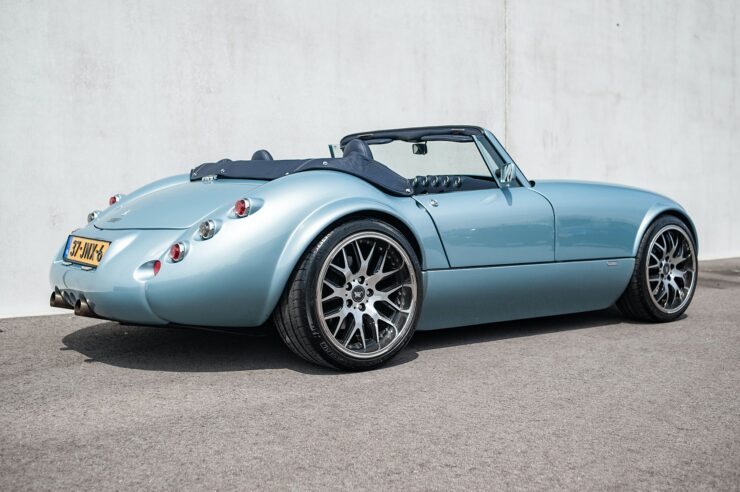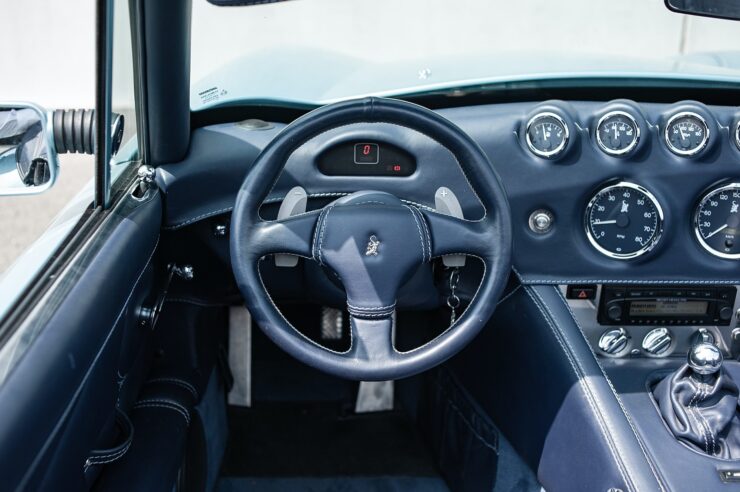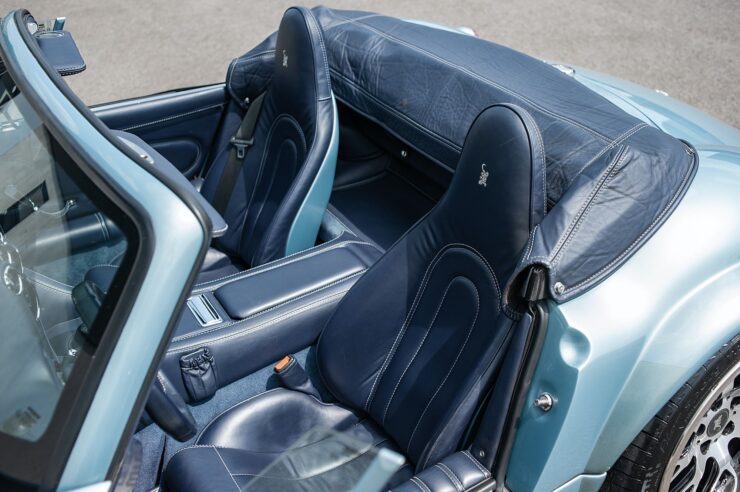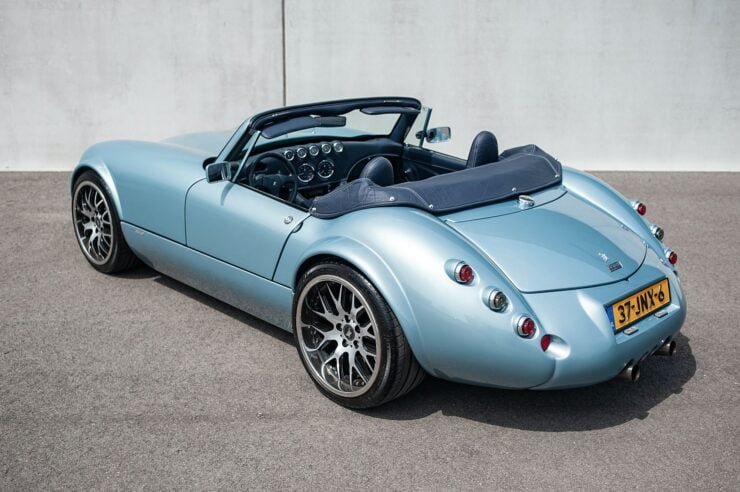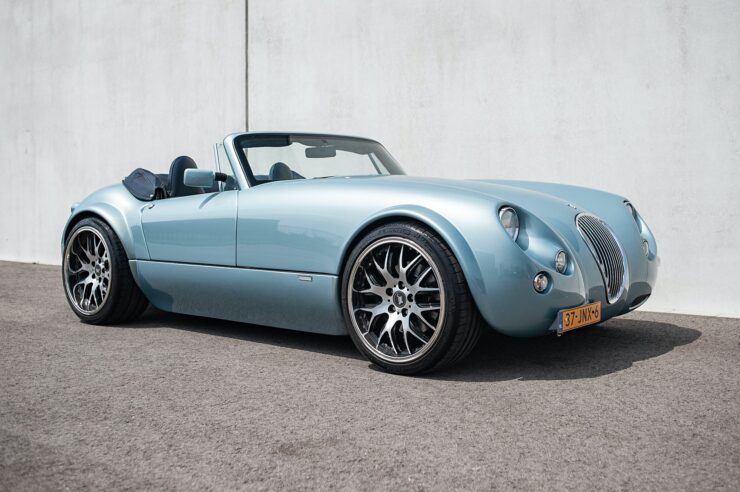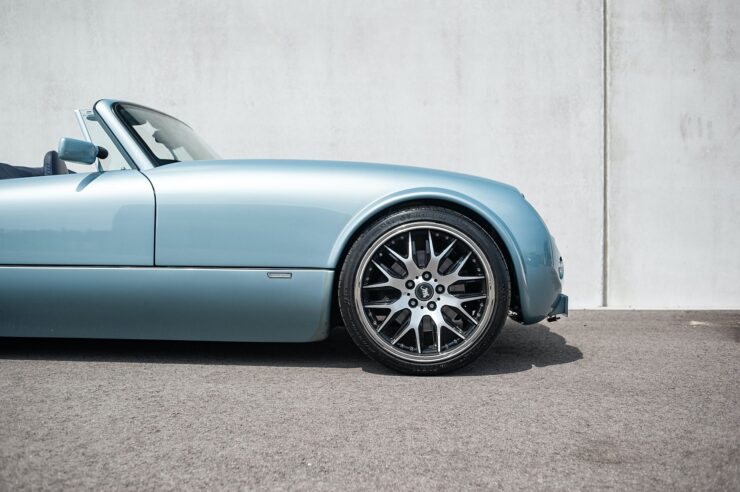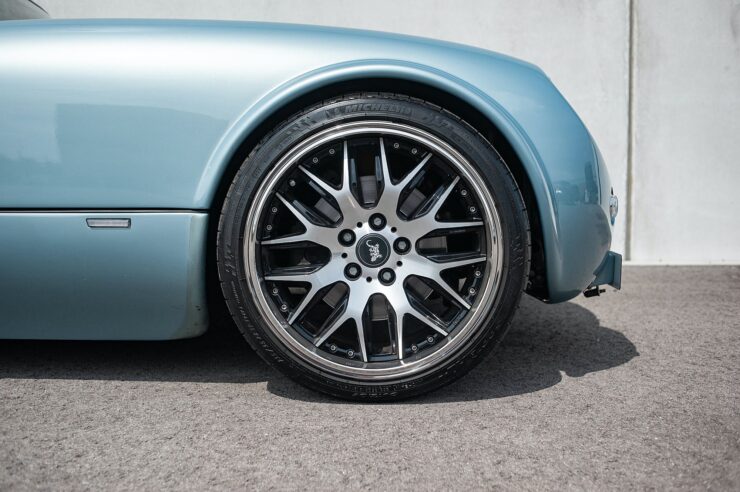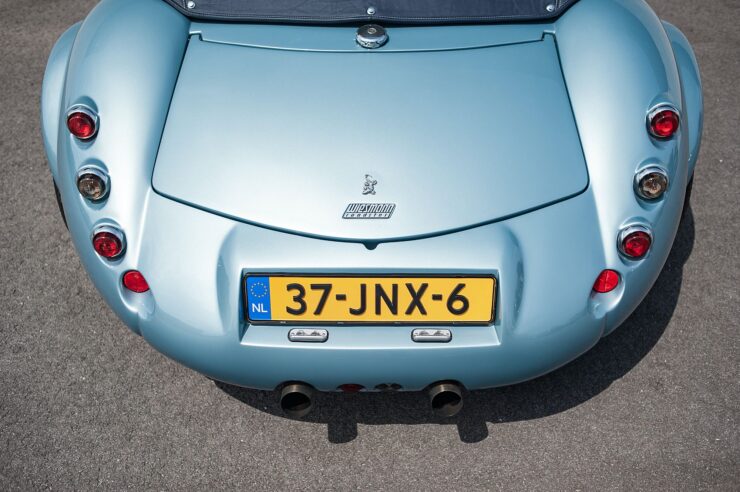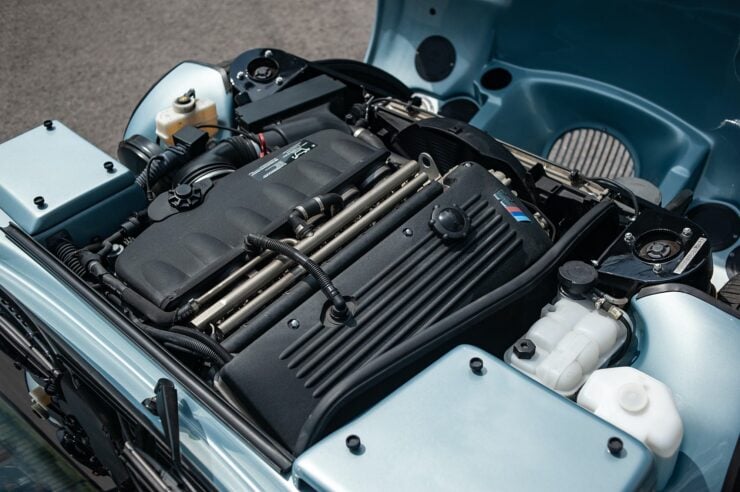The remarkable supercharged Brough Superior SS100 Special you see here was painstakingly built by world-renowned Brough expert Ewan Cameron as an homage to Noel Pope’s Brooklands solo lap record-holding SS100.
The Legendary Brooklands Circuit
Wearing little more for protection other than a leather helmet, Noel Pope set the fastest ever recorded motorcycle speed around the storied Brooklands circuit at 124.51 mph just before the outbreak of WWII in 1939.
The record stands to this day as the Brooklands circuit was never reopened after WWII, having been used as the site of the Vickers aircraft factory during the war years, and in the years after well into the late 1980s.
Some sections of the Brooklands bankings do still remain, they’ve become a Mecca of sorts for vintage racing enthusiasts from around the world and a popular place to park your car or motorcycles for photographs.
The Brough Superior SS100 – Fastest Bike In The World
Noel Pope’s Brough Superior SS100 was the fastest example of the SS100 in the world when it was built, the SS100 being the fastest production motorcycle in the world at the time. The “100” in the name stands for “100 mph” as each motorcycle was tested and certified by the factory of being capable of this speed before being delivered to its new owner.
In the pre-WWII years very few production cars or motorcycles were capable of reaching 100 mph, so the SS100 helped Brough Superior establish themselves as the most desirable motorcycle company in the world.
Above Image: Note the chain-driven centric supercharger mounted ahead of the crankcase.
Brough Superior was founded by George Brough in Nottingham, England, in 1919. Frustratingly for his father who had started Brough Motorcycles back in 1908, George Brough named his company Brough Superior. He believed he could build superior motorcycles to those being offered by his father, and as it turns out, George was right.
Between 1919 and 1940 Brough Superior built a slew of different motorcycle models, the most desirable being the Brough Superior SS100 which earned the company the unofficial title of the “Rolls-Royce of Motorcycles” by H. D. Teague of The Motor Cycle.
The most famous Brough Superior owner must surely be T. E. Lawrence, better known as “Lawrence of Arabia,” who bought eight of them and died in an accident on number seven while waiting for number eight to be completed.
Thanks in no small part to the mighty JAP V-twin used on the original run of SS100s these motorcycles were not only the fastest in the world but also the most expensive, selling for the equivalent price of a nice new house in Britain.
As a result of the performance of the SS100 it was the bike chosen by Noel Pope as the starting point for his Brooklands speed record breaker. He added a chain-driven centric supercharger to the front of the engine and made a series of other modifications, resulting in a motorcycle that was capable of much higher speeds than its tires or brakes were designed for.
Above Image: The bike is fitted with a pair of eye-catching “Brooklands Can” silencers.
The Supercharged Brough Superior SS100 Special Shown Here
The motorcycle you see here is a modern day homage to this legendary Brooklands racer, it was carefully built by marque expert Ewan Cameron from a wide range of Brough Superior parts to be a close approximation of the original – it all works as it should and reassuringly Cameron explains that it’s already been ridden to the pub.
The project to build this bike started all the way back in 1987 when Cameron was just 17 years old, he caught the Brough bug from his father who was an SS100 owner, taking Ewan on rides early in his childhood and setting him on a path that would define the rest of his life.
Over the decades a huge collection of parts were amassed to build this bike including a rare Sturmey Archer 3 speed super heavyweight racing gearbox, Brooklands Can silencers, Castle forks, a 1,000cc JAP 8/80 v-twin racing engine, a pre-war Centric 260 vane-type supercharger, a Brough Superior SS80 fuel tank, and a frame and other parts from a “barn find” SS100.
The listing notes that this Brough and its new owner will be invited to this year’s inaugural Kilometre Lance Speedrace (in September), which is an event additional to the famous Bernina Gran Turismo in St Moritz, Switzerland.
If you’d like to read more about this unusual Brough Superior SS100 or register to bid you can click here to visit the listing on Bonhams. It has a guide price of £120,000 – £170,000 and it’s due to roll across the auction block on the 4th of July.
Images courtesy of Bonhams
The post A Supercharged Brough Superior SS100 Special By Ewan Cameron appeared first on Silodrome.
from Silodrome https://silodrome.com/supercharged-brough-superior-ss100/
via gqrds
